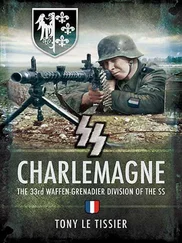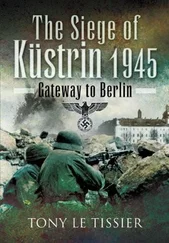On 19 Dec 43 the battalion had the task of breaking through the enemy positions in the bushy and woodland area of Korosten, and roll them up. At 0430 hours R. received the order to reconnoitre and find a weak point in the enemy positions. R. carried out his task, returning with prisoners. The attack on these positions at 1000 hours was a complete success, the successful breakthrough bringing the Malin-Korosten airstrip into the battalion’s possession. During the attack R. especially distinguished himself by his personal drive.
During the night of 21/22 Dec 43 the enemy attacked our weakly held positions in front of Melini four times with strong forces. R., who was lying in front of the company position with his machine gun, through his exemplary handling and steadfastness with this machine gun and his men, mowed them down, so that the enemy were driven back each time. At 1100 hours the battalion launched an attack on Melini, but the attack was stopped short through the enemy outflanking. Again it was R. with his machine gun that prevented an enemy breakthrough on the flank.
The company moved to new defensive positions in front of Bobrick on 2 Jan 44. Several enemy attacks were successfully beaten back but, after a renewed attack, the enemy were able to break through on either side of the company and surround it, thus cutting it off from the battalion. At 1630 hours the company commander gave the order to break through the enemy lines and re-establish contact with the battalion. Charging forward with his men, R. destroyed three enemy machine gun nests, thus effecting a breach in the enemy line, and took over the protection of the right flank. Once the company was through, R. attacked an enemy position and rejoined the company with six prisoners.
On 5 Jan 44 SS-Sergeant Major Rogmann was occupying an advanced position with his section when the enemy launched an attack on the positions near Katchkian during the morning hours. R. let his position be overrun by tanks and then engaged the charging enemy. Through his cool thinking and his determination he was able to maintain complete control of the situation, the main mass of the enemy being brought down by rifle and machine gun fire. He then engaged those of the Bolsheviks that had got through to this position in close-quarter fighting until the area was cleared. R.’s courageous behaviour was decisive here and prevented a sudden enemy breakthrough.
On 6 Jan 44 R. and his section were the first to break back into our own positions that had been occupied by the enemy near Pietki, and then pinned down enemy resistance with fire until it was possible to reoccupy the whole of the position once more. R. destroyed three enemy machine gun nests during this engagement.
In the hard defensive fighting southwest of Proskuroff, the enemy attacked the battalion’s positions on the northwestern edge of Andreievka with armoured support during the evening. The enemy cut through our weakly occupied lines and established themselves on the northern edge of Andreievka. Eight enemy tanks tried to force their way into the village, four of them being destroyed by our own self-propelled guns. R. received the task of establishing the strength of the enemy on the northern edge of Andreievka. At 2000 hours he attacked the enemy with a storm troop, using the enemy’s surprise to split up the enemy combat teams. The enemy fled, leaving 20 dead and two prisoners behind. This decisive act enabled the battalion to establish a new security line on this position.
At 2000 hours on 2 Apr 44, R. received the task of launching an attack on two enemy occupied farms near Losiacz. R. was the first to commence clearing the farms, which were taken after some hard close-quarter fighting, the enemy having to leave several dead behind them in the farms. Several enemy counterattacks that followed shortly afterwards were beaten back successfully by R. until he received the order to redeploy to the edge of a wood nearby. R. covered the redeployment and inflicted such heavy casualties on the enemy spearheads that the new positions could be occupied unhindered by the enemy.
In all his engagements with the enemy, SS-Sergeant Major Rogmann has proved himself to be exemplary, and was awarded the Close Combat Clasp in Gold on 1 Sep 44. In view of his exceptional personal courage and his ever determined drive, I consider him worthy of the award of the
‘German Cross in Gold’
and request that it be awarded to him.
Comments of the Divisional Commander:
SS-Sergeant Major Rogmann has shown himself to be a manifestly brave NCO in all the engagements of the 1st SS-Panzer-Division ‘LSSAH’.
I request that he be awarded the German Cross in Gold for his exceptional bravery.
(
signed ) SS-Oberführer and Divisional Commander
Comments of the 1st SS-Panzer-Corps:
I approve this commendation
(
signed ) The Commanding General SS-Gruppenführer and Lieutenant General of the Waffen-SS
Comments of HQ 6th SS-Panzer Army:
The proposal is approved
J. Dietrich SS-Oberstgruppenführer and Colonel General of Armour of the Waffen-SS
This citation is also notable for omitting an important incident involving Rogmann in late March 1944. The ‘Leibstandarte’ had been encircled with the rest of the 1st Panzer Army near Kamenets-Podolski on the western edge of the Ukraine, when their officers were all flown out on orders from above in order to reform the division in Flanders. Rogmann, then a sergeant, was left commanding the remains of his battalion, and eventually broke out with only six men. When he reported back to the division in Flanders, his reappearance was totally unexpected.
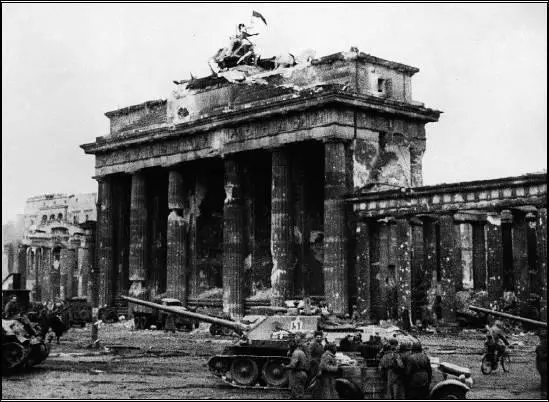
1. Soviet troops outside the Brandenburg Gate.
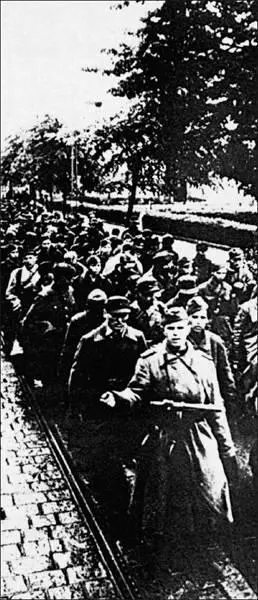
2. German youngsters being marched off into captivity.
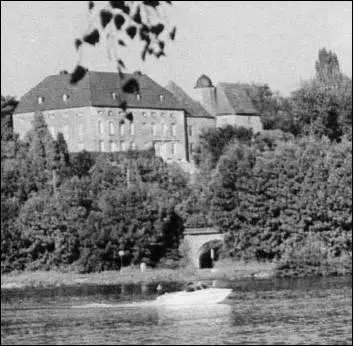
3. Schloss Thorn from across the Moselle River.

4. Erich Wittor in the uniform of a subaltern of the Grossdeutschland Division.

5. American troops survey the dead after the fighting for Nennig near Schloss Thorn.

6. Ernst Henkel in 1943.
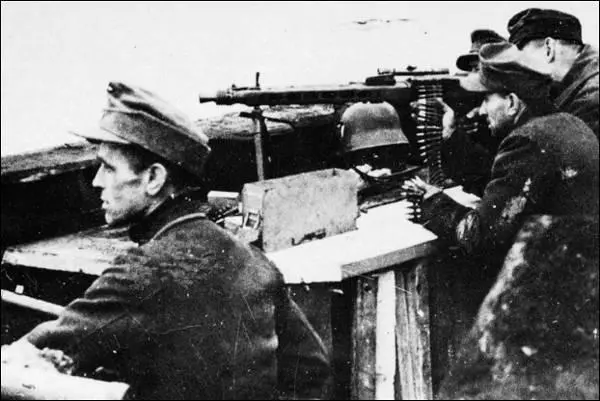
7. Volkssturm at Frankfurt/Oder.
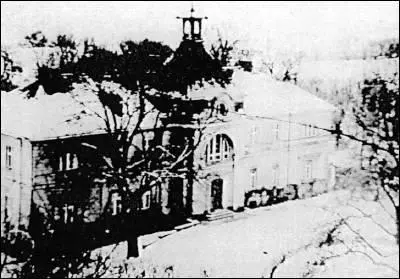
8 . Schloss Klessin before the battle.
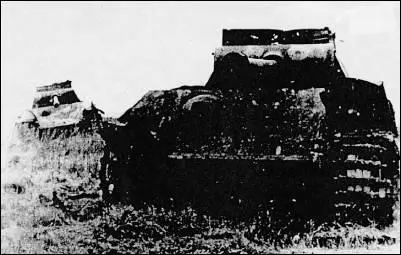
The two German ‘Tigers’ destroyed at Klessin.
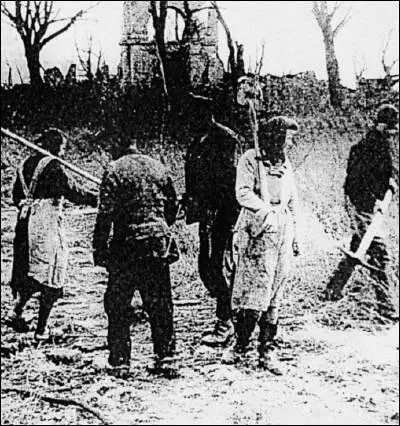
All that remained of Schloss Klessin after the battle.

German dead in their smashed trenches below Seelow.
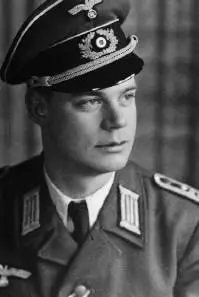
9. Karl-Hermann Tams as a sergeant major with the Iron Cross Second Class.

The first visit of the ‘Mook wie’ Old Comrades Association to Seelow on 15 April 1991. Tams in raincoat on left, the author far right.
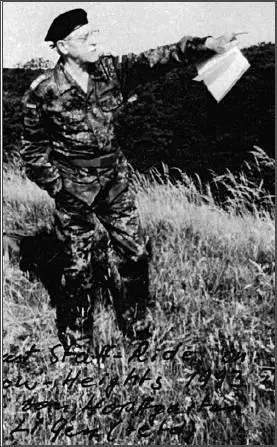
10. Major von Hopffgarten revisits the ‘Kurmark’ battlefield as a retired Lieutenant General of the Bundeswehr.

11. Soviet T-34 tanks on the battlefield.
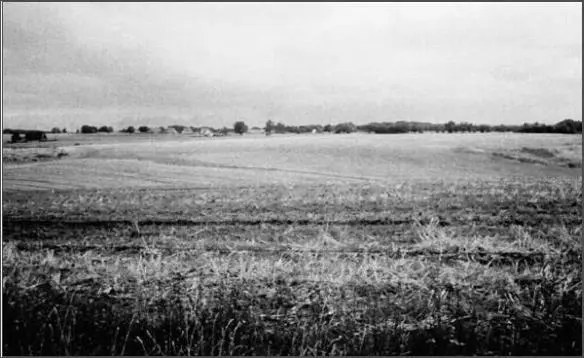
12 . The Klessin position as seen from the German lines at Point 54.2. Thick trees cover the site of the Schloss in the centre, with the new houses on the Wuhden road to the left.

Horst Zobel on a battlefield tour with the Royal Welch Fusiliers in 1993.

13. Stalin II tanks under fire on the Moltke Bridge, turrets closed, as seen from the Diplomatic Quarter on 29 April 1945. The demolition hole is indicated by the missing parapet. Two SU-100s and a T-34/85 have their guns trained on the far bank, and a dog sledge for evacuating wounded can be seen centre left.
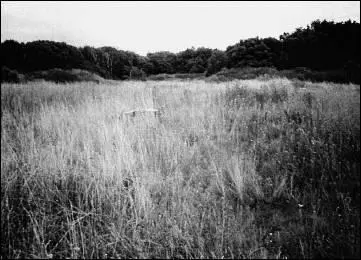
14. The overgrown site of Schloss Klessin today.
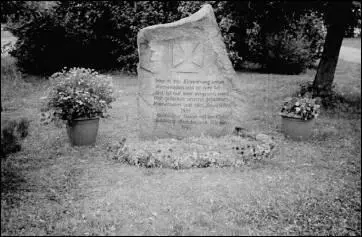
15. The Wuhden memorial to those who fell on the Reitwein Spur.
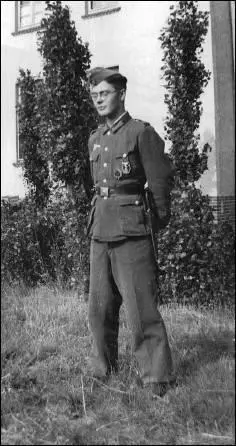
16. Gerhard Tillery on home leave in 1944.
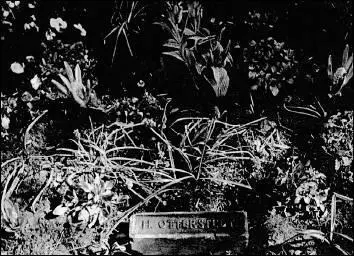
17. Hinnerk Otterstedt’s grave in Sachsendorf.
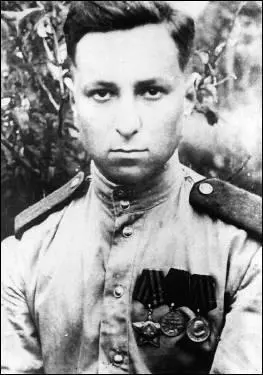
18. Harry Zvi Glaser in 1945.
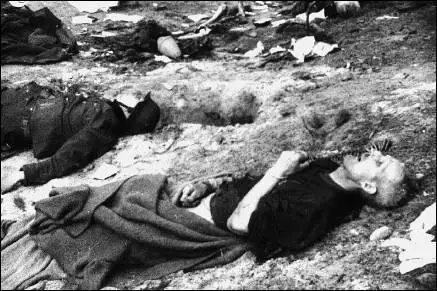
19. 40,000 soldiers and civilians died in the attempted breakout at Halbe.

20. Harry Zvi Glaser in conversation with President Clinton at the White House after being presented with the ‘Order of Glory’ by President Yeltsin during a state visit.

21. The Zoo Flak-tower from across the Landwehr Canal during dismantling. Crowned with four twin 128mm gun mountings and twelve multi-barrelled 20mm or 37mm ‘pom-poms’, this bunker formed the core of the defence while sheltering up to 30,000 civilians.

22. Harry Schweizer in Hitler Youth uniform.

23. Soviet anti-tank guns in action in Berlin.

24. SS-Sergeant Major Willi Rogmann wearing his Close Combat Clasp in Gold.

25. A wrecked Soviet T-34 facing the Reichstag on Moltkestrasse.
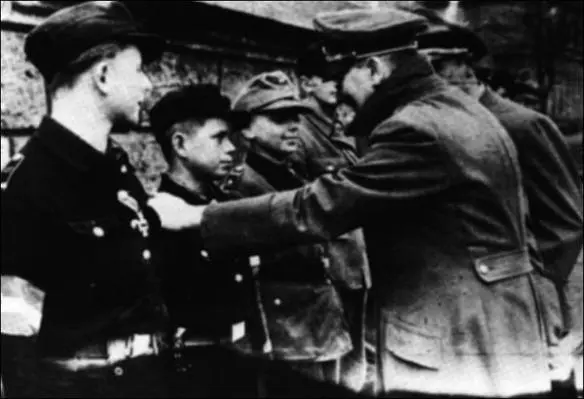
26. Adolf Hitler and Youth Leader Artur Axmann congratulating Hitler Youths on their awards for bravery on 20 March 1945.
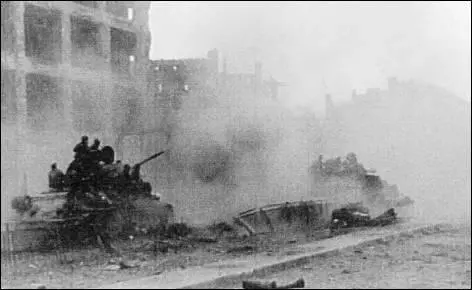
27. Soviet tanks push through the rubble.
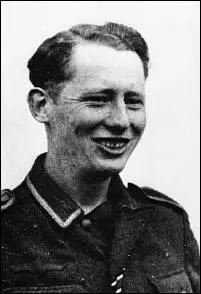
28. Rudi Averdieck as a sergeant with the Iron Cross Second Class in 1944.
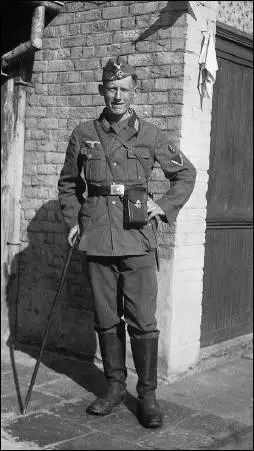
29. Rudi Averdieck in France, 28 May 1940.

30. Wrecked Soviet armour on Charlottenburger Strasse.

31. Soviet troops with a panje wagon and a Stalin II converging on the rear of the Reichstag to sign their names on the walls.
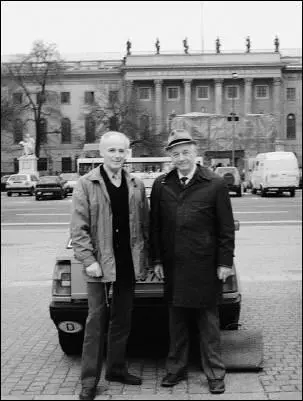
32. The author with Willi Rogmann in Berlin in 1994.
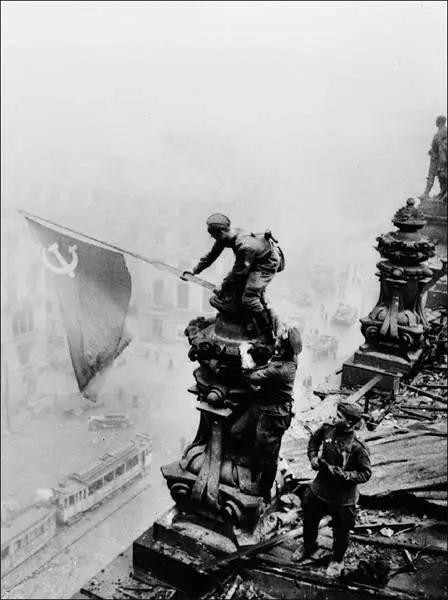
33. The staged hoisting of ‘Red Banner No. 5’ of the 150th Rifle Division by Sergeants M.A. Yegorov and M.V. Kantaria on the rear parapet of the Reichstag on the afternoon of 2 May 1945. (Imperial War Museum)
Читать дальше








































